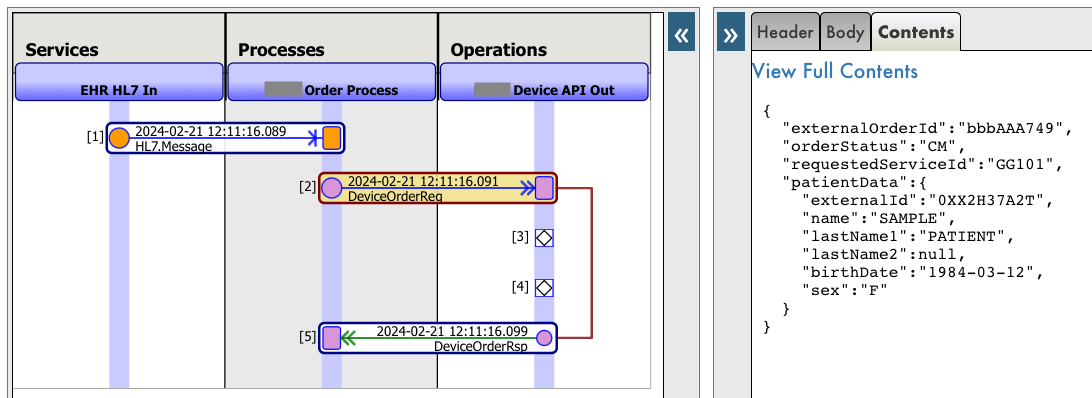Hi, Community!
Since this article is an overview of Flask Login, let's begin with Flask Introduction!
What is Flask?
In the realm of web development, Python has emerged as a formidable force, offering its versatility and robustness to create dynamic and scalable applications. For that reason, tools and services compatible with this language are in demand these days. Flask is a lightweight and easy-to-use web framework for Python. It stands out as a lightweight and user-friendly option. Its simplicity and flexibility have made it a popular choice for developers, particularly for creating smaller-scale applications. It is based on the Werkzeug toolkit and provides a simple but powerful API for building web applications.
Unlike its full-stack counterparts, Flask provides a core set of features, focusing on URL routing, template rendering, and request handling. This minimalist approach makes Flask lightweight and easy to learn, allowing developers to build web applications quickly and without the burden of unnecessary complexity.


.png)